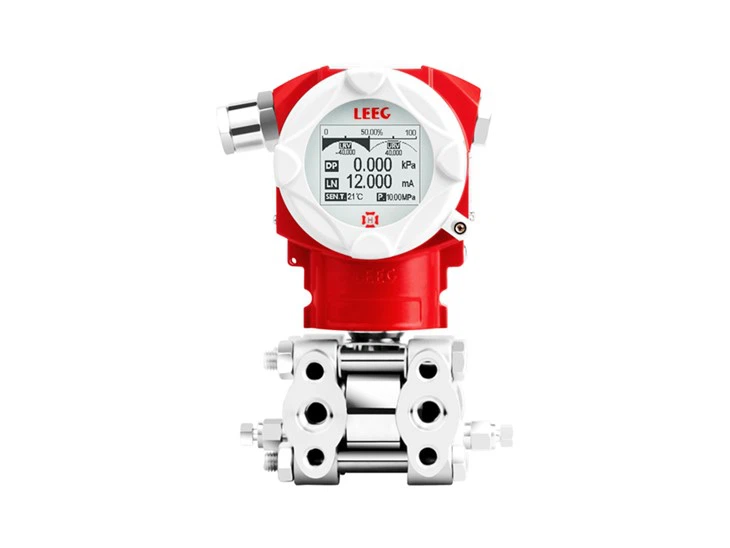
In industrial automation, the HART (Highway Addressable Remote Transducer) protocol, a classic standard integrating analog signals and digital communication, has undergone multiple iterations. Two major versions, HART 5.0 and HART 7.0, exhibit significant differences in functionality, performance, and application scenarios. Understanding these differences helps businesses choose the communication solution that best suits their needs.
HART 5.0: Classic and Stable, Meeting Basic Needs
HART 5.0 has long been a widely adopted communication standard in industrial automation, with core features including:
Basic communication functions: Supports the superposition of 4-20mA analog signals and digital signals, enabling device parameter configuration and basic diagnostics.
Slower data rates: Limited by early technology, its communication efficiency is lower, making it suitable for scenarios with less stringent real-time requirements.
Limited data security: Lacks modern cybersecurity mechanisms, posing higher risks in the era of industrial IoT.
Thanks to its stability and maturity, HART 5.0 remains widely used in many traditional factories. However, with the advancement of Industry 4.0 and smart manufacturing, its limitations are becoming increasingly apparent.
HART 7.0: Intelligent Upgrade, Empowering the Future of Industry
HART 7.0, the latest version released by the HART Communication Foundation, has been fully optimized for modern industrial demands, offering key advantages such as:
- Faster communication efficiency: An optimized protocol stack enhances data transmission speeds, meeting real-time monitoring and rapid response requirements.
- Enhanced security: Introduces encryption and authentication mechanisms to prevent data tampering and unauthorized access, complying with industrial cybersecurity standards.
- Smart expansion: Supports remote diagnostics, predictive maintenance, and richer device management functions, laying the foundation for the Industrial Internet of Things (IIoT).
HART 7.0 is not only compatible with traditional 4-20mA systems but also seamlessly integrates with modern digital factories, making it the preferred solution for industrial communication upgrades.
LEEG Instruments:
Monosilicon Pressure Transmitters Certified for HART 7.0, Driving Industrial Communication Innovation
As a leading enterprise in China's industrial automation sector, LEEG Instruments' Monosilicon pressure transmitters have successfully obtained HART 7.0 certification from the HART Communication Foundation, signifying that its products meet international standards in communication stability, data security, and intelligent capabilities.
LEEG's HART 7.0 solution offers the following advantages:
- Passed 2 million communication stability tests: Ensures long-term reliable operation in harsh industrial environments.
- Global compatibility: Seamless integration with mainstream DCS/PLC systems, reducing upgrade costs for users.
- Future-ready scalability: Provides efficient and secure communication support for Industry 4.0 and smart factories.
Choose HART 7.0, Step into a New Era of Industrial Communication
From HART 5.0 to HART 7.0, industrial communication protocols have evolved from "basic connectivity" to "intelligent efficiency." For businesses, upgrading to HART 7.0 is not just an inevitable technological advancement but also a crucial step toward enhancing production efficiency and operational intelligence.






